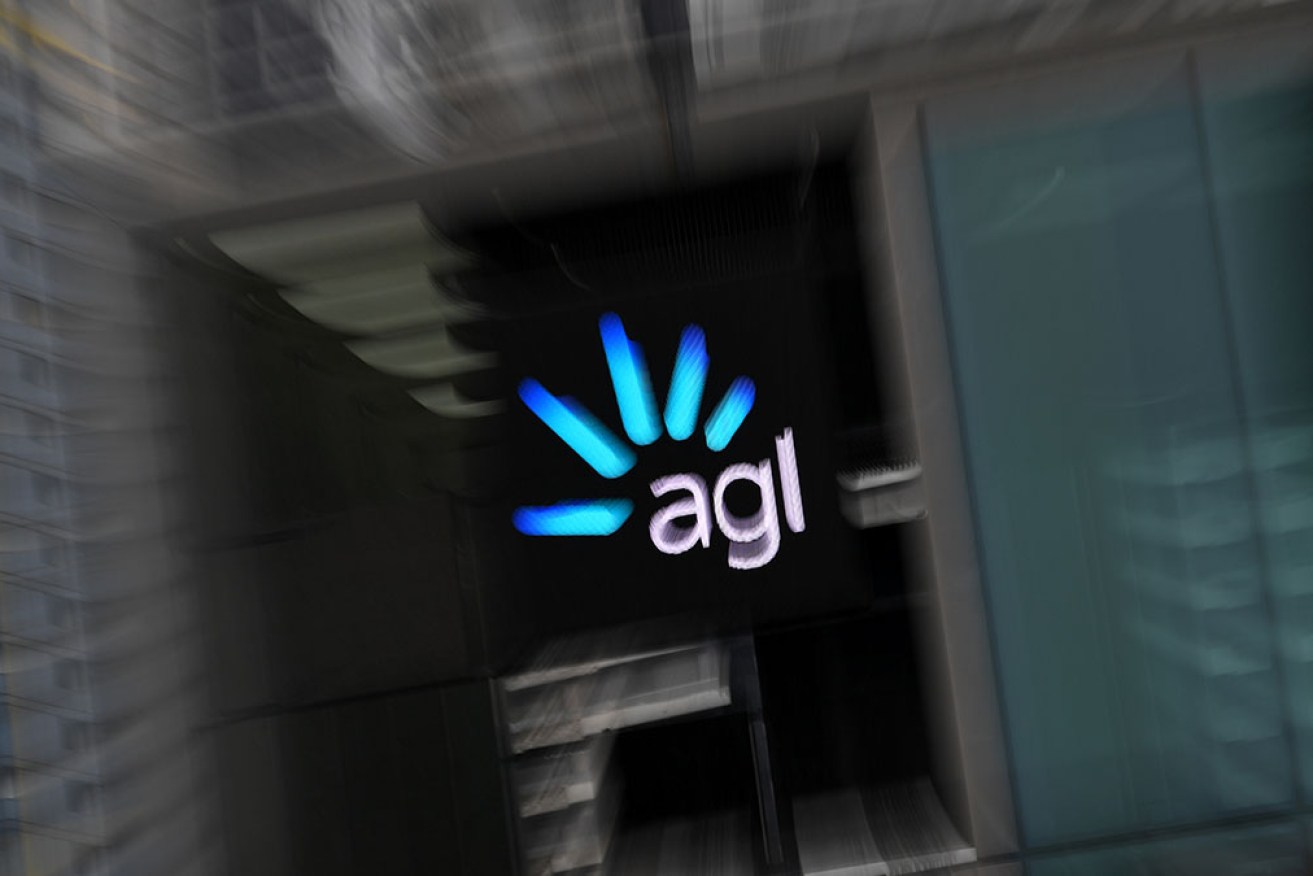Biggest emitter AGL warns of delays to decarbonisation

AGL's profit jump was driven by fewer plant outages and more stable market conditions. Photo: AAP
AGL has warned of delays to decarbonising the electricity grid from red tape and local opposition to the transmission required to supply Australia with clean energy.
Chair Patricia McKenzie said on Tuesday decarbonisation would require significant new infrastructure to support a low-emissions electricity system and an unprecedented level of coordination.
“Already we are seeing some challenges, including delays in approvals, cost pressures and some local opposition to new generation and transmission projects,” she told shareholders at the annual general meeting.
As cost pressures continue to bite, AGL pledged to work with customers, communities, industries and governments for an energy supply that is reliable and affordable.
CEO Damien Nicks reaffirmed guidance of $1.875 billion to $2.175 billion for underlying earnings and $580 million to $780 million for underlying profit after tax.
The company received a first strike on executive remuneration in 2022 but has received enough support to avoid a second at this year’s meeting.
Shareholders endorsed AGL’s climate transition plan at last year’s AGM, after a tussle that ended with billionaire Mike Cannon-Brookes ousting the leadership of Australia’s largest carbon emitter.
Under the plan AGL will close its final coal-fired plant by 2035 and aims to supply 12GW of new renewable and firming capacity before 2036 to ensure a smooth transition, with an interim target of 5GW by 2030.
The milestone closure of Liddell Power Station in NSW will reduce emissions by eight million tonnes annually – equivalent to five per cent of emissions from Australia’s electricity sector in 2021.
Amid fears from critics about the lights going off as coal plants close, AGL said it has solar, wind, pumped hydro, batteries and fast-start gas peaker plants in its arsenal
AGL said it was shifting its focus from being a commodity supplier to “energy as a service” as households and businesses electrify.
Residential energy consumption is forecast to double by 2050, supported by smart meters and solar energy storage systems to support electric cars, heating and cooling.
Electric vehicle charging is expected to consume 2000kWh per year per vehicle, with 80 per cent of charging projected to happen at home – dependent on access to cheaper charging overnight.
– AAP








